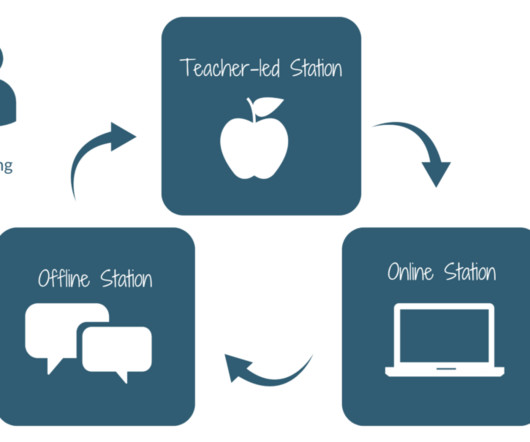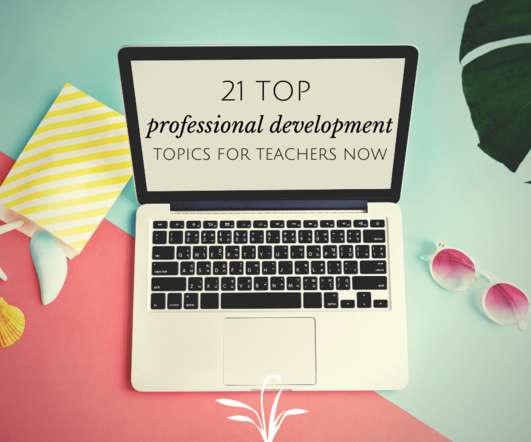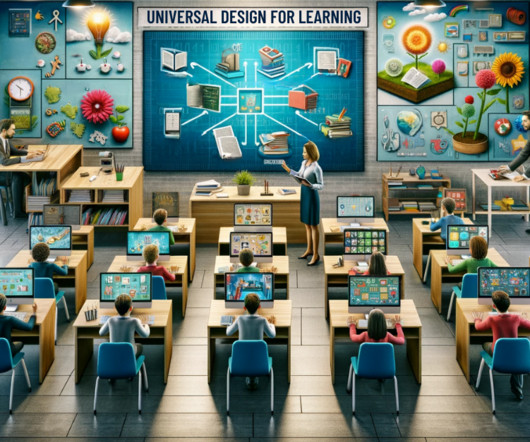Universal Design for Learning: What Educators Need to Know
Waterford
AUGUST 6, 2021
Then, discover a few practical ways that you can use Universal Design for Learning guidelines in your classroom—along with some examples to get you started. What is the Universal Design for Learning? Its goal is to help educators develop a learning environment that reduces student barriers and motivates them to succeed.[1].














Let's personalize your content